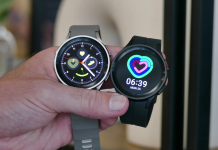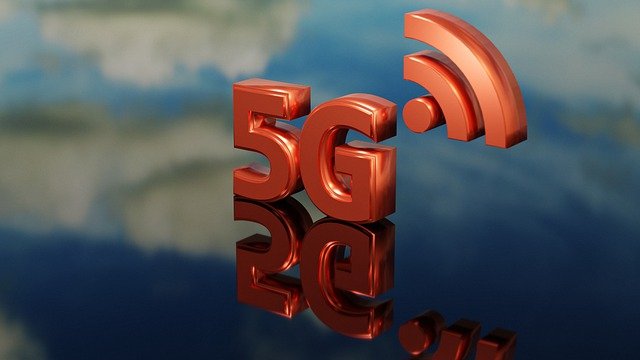A ‘5G UC’ indicator appears frequently in the status bar on smartphones, but what does it imply beyond signaling that users are connected to a 5G network? As part of its aspirations to provide speedier cellular access to more Americans, T-Mobile launched its 5G UC network last year, which now covers more than 200 million people across the United States. It’s available to all T-Mobile iPhone and Android users, and it’s identified by a ‘5G UC’ indicator in the status bar on devices. The sign informs consumers that they are connected to T-5G Mobile’s UC network rather than the standard 5G network.
In the United States, 5G service began to roll out a few years ago, and all major carriers currently have 5G deployments that cover the great majority of the population. While it was first limited to a few major cities, it now extends throughout the majority of the country. Still, the many forms of 5G, such as 5G UC, 5G UW, and 5G+, can be confusing, so it’s worth understanding what these acronyms signify and how each carrier represents the various sorts.
T-“Ultra Mobile’s Capacity” 5G network is indicated by the 5G UC indicator, which shows that users are connected to either mid-band or millimetre wave (mmWave) 5G. With T-Mobile, it’s more likely to be mid-band, as this makes up the majority of the carrier’s speedier 5G network. It provides the optimum blend of speed and coverage, making it a highly desired resource among carriers in the United States and around the world. Mid-band (C-band) was formerly solely available to the military and has just recently become available to commercial telecom networks. Following delays caused by flight safety concerns expressed by the aviation sector, Verizon and AT&T have begun rolling out C-band networks to their consumers this month.
What Is The Difference Between 5G UC, 5G UW, And 5G+?
mmWave is the fastest commercially available 5G technology, although it’s only available in a few places. It operates at a significantly higher frequency than previous cellular networks, allowing for extremely rapid communications. Outside of a few 5G-equipped stadiums, airports, and arenas, it struggles to travel long distances or penetrate building walls and other impediments, rendering it basically worthless. Low-band 5G, which is the foundation for all three major carriers’ nationwide 5G offers, is on the other end of the spectrum. While it has a longer range and more penetration inside buildings, it has substantially slower speeds than mmWave and C-band networks.
If you’re wondering what 5G UW stands for, it’s Verizon’s term for its millimeter-wave and C-band 5G networks. It’s the same as T-5G Mobile’s UC, as both terms refer to the carrier’s fastest 5G connection. It’s worth noting that Verizon’s 5G UW network may be referred to as ‘5G UWB’ on some devices, but it’s the same 5G Ultra Wideband network with the same frequencies. AT&T, on the other hand, offers 5G in two flavours: 5G and 5G Plus. It also has a 5GE (5G Evolution) network, however it isn’t 5G. It’s merely a 4G network that the carrier has branded as 5G for some reason, which has added to the confusion.
REFERENCES:
- https://headtopics.com/us/what-s-the-difference-between-5g-5g-plus-5g-uw-and-5g-uc-23839226
- https://whatsnew2day.com/what-is-the-difference-between-5g-5g-plus-5g-uw-and-5g-uc/
- https://thedigitalhacker.com/whats-the-distinction-between-5g-5g-plus-5g-uw-and-5g-uc/
- https://newsconcerns.com/5g-uw-and-uc-heres-what-they-stand-for/








